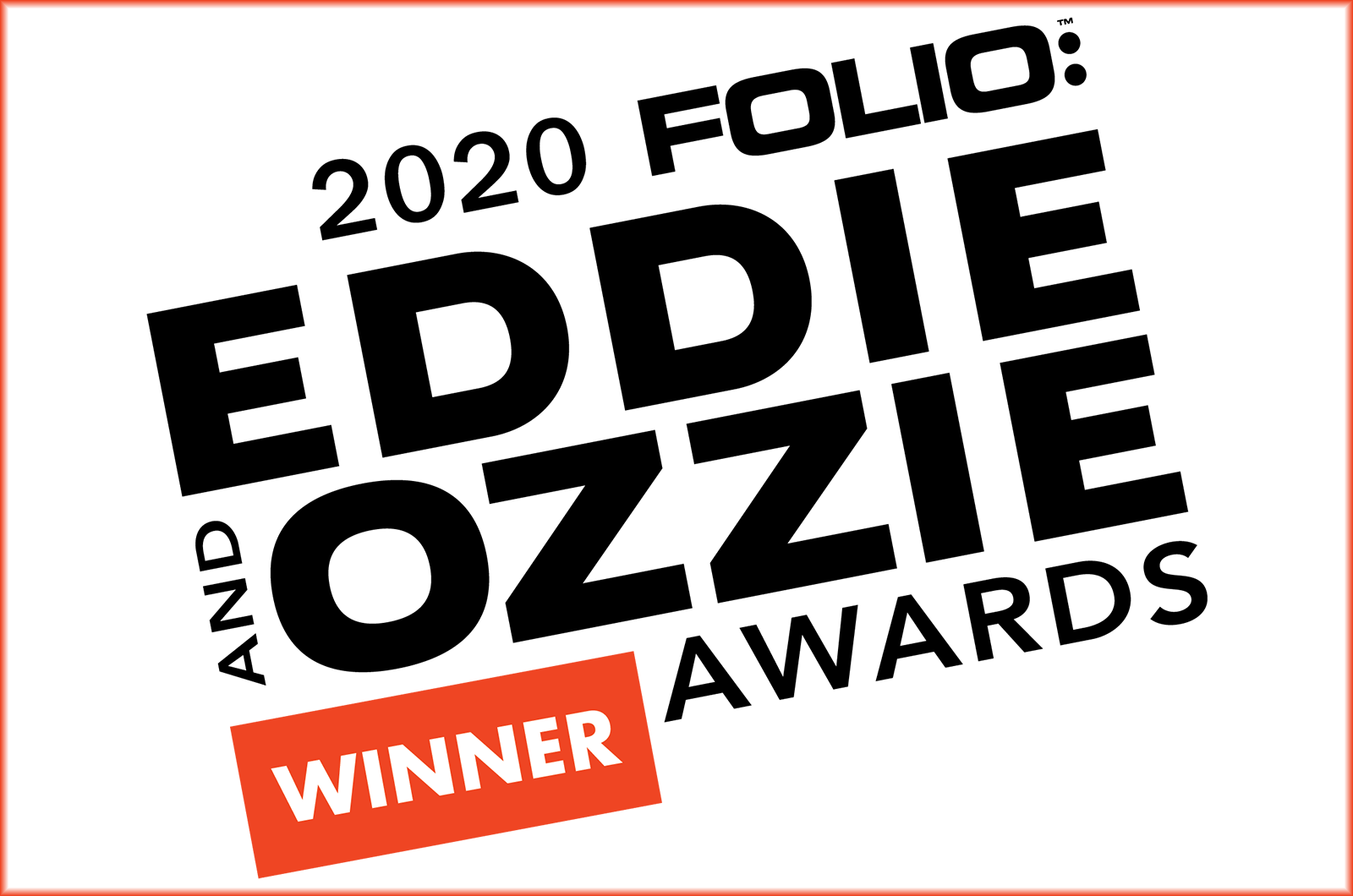
You might be pretty good at job interviewing. You may have even searched for information on how to make yourself stand above the crowd. In today’s competitive environment, that’s a good start, but it’s not enough.
The key to success lies in four steps you can take before your next interview. They will help you answer the tough questions better, decrease your nerves, and increase your chances of getting the right job for you. These steps aren’t revolutionary; however, most people skip at least one. By completing all four, you’ll be on your way to giving your strongest interview ever.
Editor’s Note: Whether you’re actively job searching or just looking to enhance your interviewing skills, the Pathways Level 3 project “Prepare for an Interview” can help get you started. This elective project addresses the skills you need to identify and speak about personal strengths and how to present yourself in any type of interview.
Step 1: Know Yourself
Sound simple? It might appear easy, but this first step involves critical reflection and self-awareness. In fact, this step demonstrates a key skill that employers are seeking these days: emotional intelligence (EI).
EI is often described as the ability to identify, assess, and influence one’s own feelings and those of others. The World Economic Forum’s Future of Jobs Report 2018 lists EI as a skill experiencing “an outsized increase in demand” in organizations worldwide.
How do you hone your emotional intelligence? Take the time to think about your feelings and how they drive your actions. Reflect on your true priorities. Be aware of your emotional responses—and those of others—and how your actions affect those around you. Listen attentively. EI helps you with interview preparation and every part of the job search and the job itself. Many people might call EI a “soft skill,” but Paul Binkley, executive director for career and professional development for University of Mary Washington in Fredericksburg, Virginia, calls it a “success skill.”

Catherine Stace, career services manager for the Max Bell School of Public Policy at McGill University in Montreal, Quebec, Canada, agrees. “Employers often tell me that they don’t select candidates uniquely on their technical skills,” she says. “They connect performance abilities to employees who have personal and social awareness skills.” Both Stace and Binkley encourage job seekers to demonstrate EI competencies to an employer throughout the interview process. They also emphasize the importance of EI for navigating increasingly global and complex work environments.
By tapping into your emotional intelligence, you can understand and articulate your values and priorities. Your values can be lofty (e.g., I want to make a difference) or very practical (e.g., I want a short commute). They can include an interest in developing specific skills, making more money, being entrepreneurial, or working on a particular issue. Once you’ve identified your values, you need to prioritize them. Which ones are most relevant to your job?
After values and priorities, you’ll want to consider strengths and interests. Jan Fischoeder, head of career office Berlin, IUBH University of Applied Sciences in Berlin, Germany, says, “You should consider your own strengths and weaknesses and how to present them. The crucial point in conveying your weaknesses is to present them as challenges or dynamic strengths. For example, if one has a problem delegating work to team members, it’s good to mention that one knows about this problem and has developed an open communication strategy to meet this challenge.
“This, in turn, makes you come across as open to learning and having a thought-through personality.”
Make a list in each category: priorities, values, strengths, and interests. Focus on those relevant to your job search and, more specifically, your upcoming interview.
Using your four lists, you’ll be able to develop questions for your interviewer. Questions demonstrate your knowledge of the organization. They also show you’re seriously interested in the position, have taken initiative, and understand how you could fit in the organization.
Knowing yourself ideally happens long before you ever apply for a job. And it's probably the step that most people skip.
This is also the time to prepare concrete examples or anecdotes that demonstrate your relevant strengths, skills, and experience. “Too many people don’t know their own résumé,” says Binkley. “This may seem obvious, but many don’t think they need to review what they included in their application. Remembering your résumé will help you offer different examples.”
This preparation is especially helpful for behavioral-based interviews, where the interviewer looks at past performance in similar situations as the most accurate predictor of future performance.
You also want to think about your salary requirements. What do you want, and what do you need? Research the field and learn what is realistic for compensation. By doing this ahead of time, you’ll be more prepared to handle any surprise salary questions.
Fischoeder notes, “Once you know your values, you are in a much better position to present your value in terms of salary expectations.” Just remember, you want to avoid discussions related to salary until you have an offer, which is when you have the most negotiating power.
Knowing yourself ideally happens long before you ever apply for a job. And it’s probably the step that most people skip.
Step 2: Know the Organization and the Job
It’s time to learn more about where you’re potentially going. Of course, you should have conducted extensive research on the job and organization before you submitted an application. Now it’s time to revisit that research.
Even if you examined it before, study the organization’s website. In addition to the obvious sections, review press releases, executive summaries, and even obscure pages. Leave no link unchecked. Know the organization’s mission, vision, history, accomplishments, and current projects. Study the benefits. Consider if the organization’s culture aligns with your values, such as an emphasis on diversity and inclusion, professional development, remote work, or flexible schedules.
Review all of the organization’s social media channels to see what it’s promoting and how it’s positioning itself. Follow the organization to stay informed of the latest announcements. Examine the online presence of the supervisor and team members—including social media, blogs, profiles, and interviews—to learn about their background, and search for common interests.
Examine any other information you can find about the organization, such as employee reviews on Glassdoor. Talk to people in the organization or field. The more you know, the stronger answers and questions you will have at the interview and the easier it will be to determine your fit with the job and organization.
This is also the time to double-check that your online footprint is professional. Make sure your LinkedIn profile is complete, has achieved the platform’s “All-Star” status, and is consistent with the overall brand you want to communicate. “Your profile needs to be flawless,” says Fischoeder. “It needs to have the full information of your CV without being a complete copy of it.” You also want to make sure you’ve turned on notifications that tell employers you’re job searching.
Remove any unprofessional or embarrassing text, pictures, or posts from your online sites. Employers conduct searches to see how you’re presenting yourself, and some can access password-protected platforms.
Next, revisit the job description. Know exactly which job you’re interviewing for. But don’t just read the announcement, study it.
Katharine S. Brooks, executive director of the Career Center at Vanderbilt University in Nashville, Tennessee, recommends, “When you read the job description, note the characteristics or skills the employer is seeking and then match yourself to them. Be ready to tell stories that illustrate your skills—don’t just tell an employer that, ‘yes, I am a hard worker.’ Instead, explain how you’re a hard worker, as in, ‘I noticed that your job description mentioned the hard work involved in this position. You might be interested to know that last year I worked on three projects simultaneously while also …’ or any story that illustrates how/why you have the skills or knowledge the employer is seeking.” Have two or three anecdotes for each skill or experience sought.
At this point, you should develop additional questions. Beyond the standard interviewing questions you have, what do you want or need to know about this position or organization? Write the questions down and take them to the interview. An interview can be stressful, so don’t assume you’ll remember all the questions you have.
In the corner of the page in small print, make a concise list of the key items about yourself that you want to mention. You can refer to this throughout the interview to ensure you’ve covered all you have to offer.
Step 3: Practice
Now it’s time to practice. Interview styles and protocol vary worldwide. Stace, the McGill University expert, recommends conducting a regional analysis to understand cultural verbal and nonverbal norms. “In North America, we emphasize eye contact during an interview, but there are countries where direct sustained eye contact is not in their custom,” she says.
Next, review typical interview questions and anticipate questions related to the job description. Just like Table Topics®, make sure you answer thoroughly but concisely. Focus on questions that challenge you. Research and try the STAR (Situation, Task, Action, Result) or CCAR (Challenge, Context, Action, Result) techniques, especially for behavioral-based questions. “What we see now are more problem-solving interviews that include situational questions, judgment calls, and case interviews,” says Stace. Practicing with questions from different interview systems can help you add more clarity and depth to your answers.
As you practice, always answer in the most relevant way. (Of course, do this in the real interview too.) Don’t share a fact, such as where you grew up, unless it matters. Brooks notes, “It’s great to know your strengths generally, but you need to articulate them in a manner that speaks to the position and the organization. Bringing up strengths that aren’t needed for the position will indicate you haven’t done the research and don’t understand the position.”
If you can, demonstrate knowledge of the organization by paralleling what you’ve done and inserting examples of projects or approaches similar to what the organization is doing. Be concrete, positive, and naturally enthusiastic. Take a moment to think about your answers. And don’t forget to smile.
Be concrete, positive, and naturally enthusiastic.
It’s important to practice out loud. “If you’re a student, visit your career center for a mock interview,” says Stace. “If you’re not a student, there are many community organizations that offer interview skills workshops and practice sessions. If all else fails, ask a friend to find someone you don’t know to conduct a mock interview.”
Of course, your Toastmasters club meeting is also a perfect place to practice. Arrange a Table Topics session dedicated to interview questions or videotape yourself practicing with fellow Toastmasters. If you’re interviewing via a web-based video platform, such as Skype or Zoom, practice with it. This will ensure you can use the system properly and understand what will appear onscreen, so you can prepare the most professional presentation not only by what you say but what is visible to the camera.

With video and other online-based interviewing becoming more popular with employers, it’s important to practice with technology. “There’s an interesting trend that involves the interviewee logging into a site,” says Binkley. “Questions appear, and you’re recorded giving your answers. No one talks to you. It’s harder than a regular video interview.”
Today, employers are often using web-based platforms to interview candidates. “Everything has to be equal,” says Binkley, “so even if there’s someone in town, if others aren’t local, employers are interviewing everyone using the same technology to avoid giving anyone an advantage.”
Fortunately, there are also platforms like InterviewStream that allow you to record and play back practice sessions. There are applications that incorporate a timing bar or assess your posture, eye contact, smile, and number of fillers. Some systems offer the opportunity to talk to a coach. Or you can send the video to someone for critique and feedback.
Don’t worry about memorizing answers word for word. Instead, work to reach a comfort level. You might be asked a tough question—one you never anticipated—but your research and practice will make it easier to handle.
Step 4: Make the Right Impression
Unless you’re told differently, dress in standard business attire. Look polished. Bring extra copies of your résumé and, if applicable, samples of your work. Don’t forget your sheet of questions, with the list of items you want to share about yourself.

Arrive 10 to 15 minutes before your interview. Any earlier might be an imposition. You can arrive earlier to the general area, as long as you don’t go into the office. Arriving extra early can help you regain composure if you’ve had a stressful day or travel experience. Visit a nearby restroom to put that final polish on your appearance. For video interviews, log on at least 10 to 15 minutes beforehand to ensure you won’t be surprised by a last-minute software update or technology glitch.
Now you’re ready. Take the time to go through each of these four steps and you will find yourself giving your best interview ever!
Jennifer L Blanck, DTM has more than 25 years of career development and advising experience. She is a member of 5-Star Toastmasters Club in Arlington, Virginia, and AAMC Toastmasters in Washington, D.C., as well as a regular contributor to the Toastmaster magazine. Learn more at jenniferlblanck.com
Related Articles

Communication
What to Do at the Interview

Communication
What to Do at the Interview

Communication




 TIPS FOR COLLEGE GRADUATES
TIPS FOR COLLEGE GRADUATES
